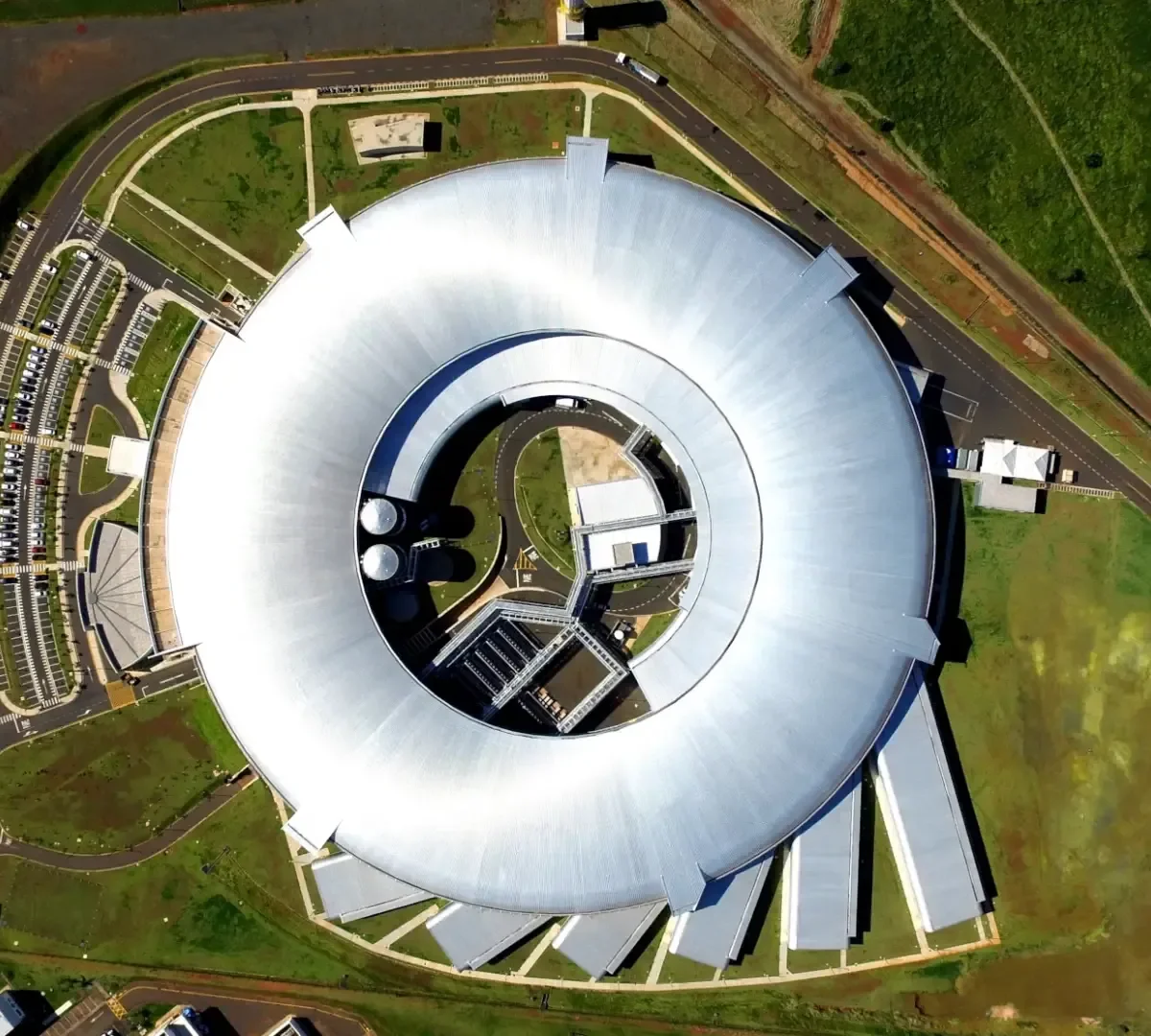Sirius accelerator will help researchers in pre -salt rock analysis and Optimize the 3D image creation process of samples extracted from the sea.. The details of the partnership between Petrobras and Center for National Energy and Materials Research (CNPEM) were announced last week.
According to the institution affiliated to the Ministry of Science, Technology and Innovation (MCTI), the use of particle accelerator will allow a number of progress in the discovery of oil and gas research. For this purpose, a microstice was developed on the mahogany line with a series of light micro and nano.
Using advanced tomography techniques, the intervention will create three -dimensional images to investigate the internal structures of different materials on various scales, and the possibility of reaching the resolution of 200 nanometers on various scales. In addition, the project will reduce the material analysis time.
Carbonatic rocks set for more than 100 million years ago, pre -salt oil reserves, are located at a large depth under a sea rock layer at the bottom of the sea. Samples collected from there can also be subjected to different thermal, mechanical and chemical conditions for real -time changes.
Knowing oil reservoirs better
From the installation of microstation to the mahogany light line, the project will be able to take 88 samples at one time and automatically change them while 3D micromotomography is performed. Petrbras wants using technology Create Digital Rock DatabaseIncreased information about oil reservoirs.
This Knowledge Set will be associated with algorithms, and artificial intelligence will contribute to defining geological structures and simulating the oil recovery process in the rocks. In addition, researchers can simulations to predict the dynamics of reservoir discovery and provide data to other experiments.

According to CNPEM, the first measurements on the mahogany line were used in November 2024, including the use of pre -salt well samples. Since then, the team has been working in processing the three -dimensional images of the rocks after the data.
Currently, microys is working in the “scientific commission” mode. Research projects, which are interested in using innovation, should be registered with the next bid call to use Sirius later this year and the initiative should be published in the scientific community as of 2026.
What is Sirius accelerator?
Sirius, established in Campinas (SP), is a particle accelerator that can produce a specific type of light called syncoton used to investigate the composition and structure of the substance in various forms. Equipment was opened in 2018 at a cost of $ 1.8 billion R.
Different from the Great Hadron Collier (LHC) in Switzerland and aiming to investigate the core of atoms, Brazilian particle accelerator accelerates electrons close to the speed of light and the process that leads to syncoton light. Using it, researchers can perform high brightness -based analyzes for the extensive radiation spectrum that constitutes it and for nanometric -scale research.
With the capacity to serve thousands of research every year, Sirius contributes to the development of new drugs and treatments, renewable energy sources, new fertilizers and innovative solutions for agriculture.
Do you like the content? To continue Tecmundo For more updates about science and technology and make sure you share news on social networks.
Source: Tec Mundo
I’m Blaine Morgan, an experienced journalist and writer with over 8 years of experience in the tech industry. My expertise lies in writing about technology news and trends, covering everything from cutting-edge gadgets to emerging software developments. I’ve written for several leading publications including Gadget Onus where I am an author.













